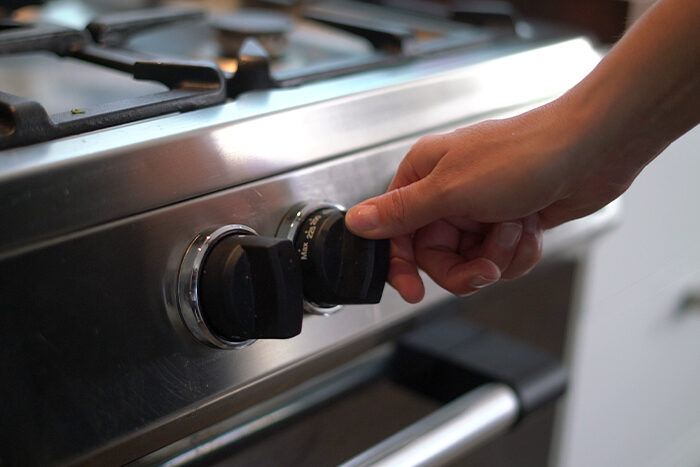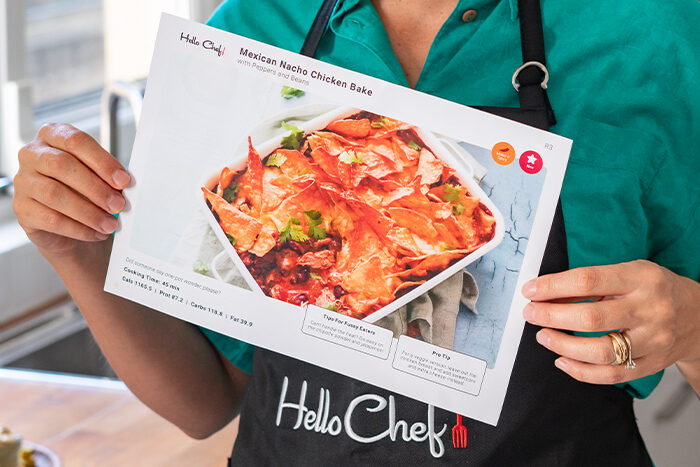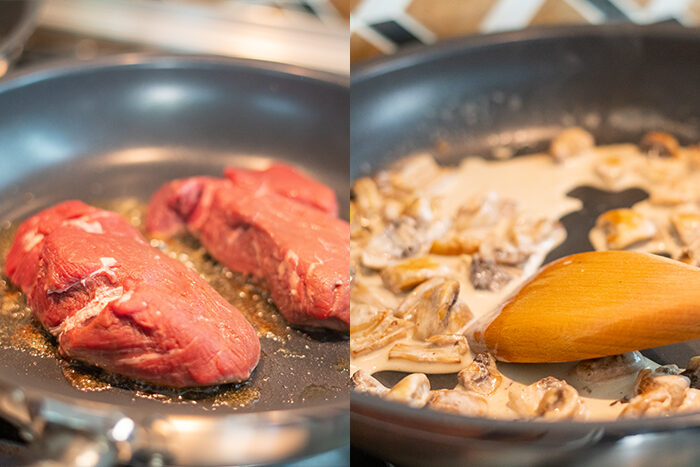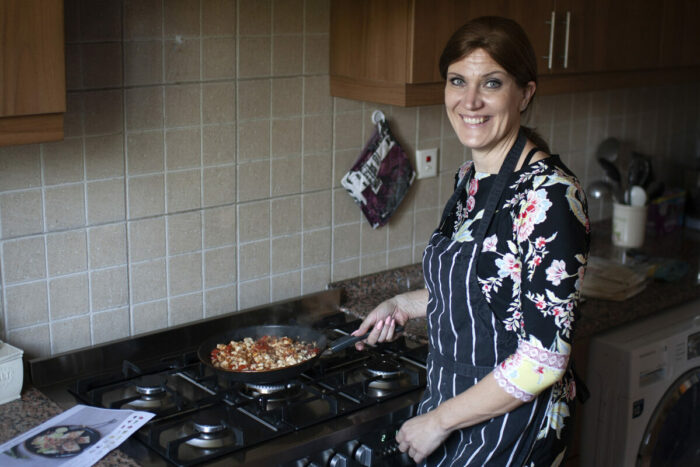
How to Speed Up Your Hello Chef Cooking? 10 Best Tips
Are you struggling with recipe card cooking times? Do you feel like a “20 minute meal” takes you an hour to cook? Are you still slaving away in the kitchen when the dinner should have been ready 30 minutes ago?
There are ways to become a quicker cook. And it’s not even difficult at all – trust us. Take a few moments to read our 10 Best Tips, and we promise: you will save hours and hours of time in the kitchen. Lets start from 10 and work our way to number 1.

10. Get a large chopping board
Yes, cooking is a tool sport – but you don’t need to spend a fortune just to get started. In fact, just a few well-thought purchases will bring you to a whole new level, even with no extra practice.
In basic home cooking equipment, bigger is better. People often tend to buy stuff that’s better suited for a doll house than a real human kitchen. So, go BIG. Every time.
First, get a giant chopping board (we’re talking at least 60 cm wide). With Hello Chef you’ll be chopping a lot of vegetables (we like to keep our customers healthy). You will be able to fit all your vegetable prep onto one large chopping board. And, you’ll get all the chopping and prepping done in one go.

9. Sharpen your knife regularly
A high quality chef’s knife should be a parting gift for every young person that moves out from their parents’ home to live on their own. I know, mothers and fathers gifting their offspring with a giant as-sharp-as-possible piece of steel might not seem like an act of love, but it actually is one of the best investments they can make for their child’s well-being.
With a great knife cooking becomes so…much…easier and faster! So, seriously, buy a nice knife. Not the cheap kind. Think of it as an investment to your health – because ultimately, that is what a great chef’s knife is. If possible, purchase your knife from a specialist shop where they also tell you how to maintain the razor blade sharpness at home, and where to go get the knife sharpened properly about every 3-6 months.

8. Get a large pan with a lid
Your third most important kitchen purchase is a good frying pan. You can basically cook everything in it. Use it for frying quickly, stewing slowly and anything in between – as long as your pan comes with a lid.
Bigger is better, even if you’re cooking for one or two. A small pan is slow and frustrating to cook with, and the results are usually not ideal. Often times you end up stewing your meat or vegetables to a soggy mess instead of frying them to caramelized perfection, because a small pan gets too crowded.
So, again, think BIG. Get a thick-bottomed, large (at least 30 cm in diameter), reputable quality non-stick pan with high edges, and a lid. You won’t be sorry.

7. Set the table beforehand
This tip may seem like a small detail but setting the dinner table with clean hands, before starting to cook, will save you from a lot of hassle.
When the dinner is ready you want to serve it and eat it right away; when all the flavours and textures are at their best. At that moment you don’t want to start looking for napkins, glasses, cutlery and drinks. Have them ready and waiting, not the food!

6. Preheat the oven
If your recipe requires using the oven, switch it on the moment you start setting the table. Some ovens take quite a while to heat up, so you’ll be able to do all the prep work in the meanwhile.
Once the oven is preheated, roasting your vegetables or baking your cheesy casserole is oh-so-speedy. The surface will caramelize much nicer, and not only look but also taste a lot better.
Another pro tip: you can pop your empty dinner plates in the warm oven for a couple of minutes just before plating the food. That way the food will stay warm for longer, even if you forgot it for a while and gazed into your dinner partner’s eyes.

5. Read the recipe card through
Okay, back to the beginning – because good planning is half the battle. Make sure to always read through the whole recipe before starting from Step 1. That way you’ll have the big picture in your head. And, if you’re a seasoned home chef, you might not even have to go back to reading the recipe meticulously while cooking. Just a quick glance every now and then will get you to the sweet finish line.

4. Have every single ingredient out
Did you freeze some of the protein when you received your Hello Chef box? Perhaps you placed the pantry items in the cupboard? Took out the avocados, tomatoes or mangoes to ripen in room temperature?
Make sure you collect all the items together and place them on a table so you can see everything in one look. When there’s no need to go searching for ingredients that hide somewhere in the back of the fridge, time is definitely saved.
Get more information on how to store your Hello Chef ingredients by clicking here.

3. Mind the key word “Meanwhile”
The kitchen is the best room in the house to do multitasking without even breaking a sweat. Look for the key word “meanwhile” in your recipe card. For example, while the rice is cooking, stir-fry the vegetables. Or, while the pasta is boiling, prepare the sauce. And so on. Those steps from one to six don’t need to neatly follow each other – they can overlap creatively. Why don’t you give it a try and start feeling like a kitchen pro in no time!
The key word “meanwhile” is actually the key to how the cooking time is calculated in Hello Chef recipe cards. The steps are designed so that you can do something while waiting for something else to be done. Sometimes it happens that the cooking time is mostly waiting time. So, take it easy – chill!

2. Preheat the pan
This is as important, if not even more, as preheating the oven. Preheating the empty pan for long enough will save you many crucial minutes later in your cooking process. If the pan is cool or just warm when you add the ingredients in it, it will get very cold very fast. After that it will take twice the time to reheat.
In a well heated pan the ingredients will start frying and caramelizing immediately, instead of stewing into a wet mess. Tough love, we know, but better to say it how it is!

1. Keep working on your knife skills
You see how this post comes full circle? We started from chopping, and we’re ending with chopping. As you might already know, we want everyone to eat their greens. And yes, it does take some effort. That is to say, prep work. Chopping the vegetables is the step that often takes the most time, but it is also the step where you can learn to save the most time.
Once you have that sharp chef’s knife (that you sharpen regularly), start working or keep working on your chopping skills. And don’t quit! Cooking is very much a “use it or lose it” skill. Choose to use it for the sake of your health, and for the ones you love.
But above all, enjoy improving your skills, enjoy cooking, enjoy delicious home-cooked food! Bring it home.
